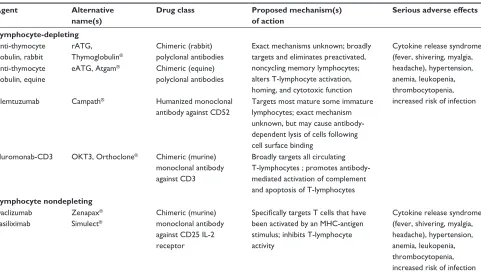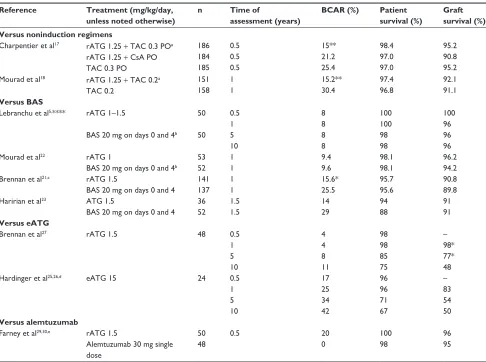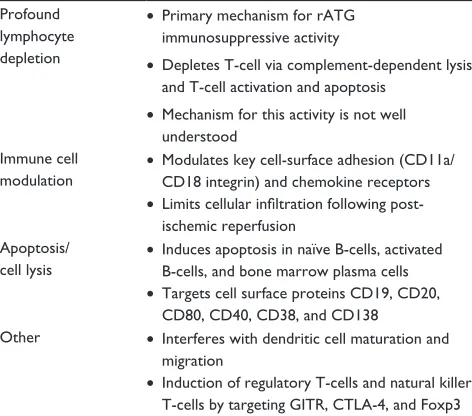Rabbit anti-thymocyte globulin induction in renal transplantation: review of the literature
Full text
Figure



Related documents
Pesticide is widely used in different parts of the world to control insect pests and to enhance crop production. However, these pesticides are found to have deleterious
With respect to inherited predispositions to breast cancer gene expression array analysis has revealed that the molecular pathways associated with germline brcA1
Although Dean and others [38] advised that prior nodal biopsy and histological confirmation of malignant lymphadenopathy should be made before inguinal lymphadenectomy
Meningitis Pestosa: Un Informe de Tres Casos en Ni#{241}osy Repaso del Problema. Ocurrieron tres casos de meningitis Pas- teurella pestis en una epidemia en
Various methods have been implemented in the recent past for R peak detection including Fourier Transform, Hilbert Transform [1], Difference Operation Method [2], Wavelet
This Article is brought to you for free and open access by the Research Institutes, Centers and Programs at University of New Hampshire Scholars' Repository. It has been accepted
Table 4.10 Milk response, cost of production and margin over feed costs of cows grazed to low and high post grazing pasture height with and without supplementation. Forage
Title of Study: Understanding College Men’s and Women’s Perceptions of Sexual Behavior Responsibility through the Lens of the Human Papillomavirus. Principal Investigator: